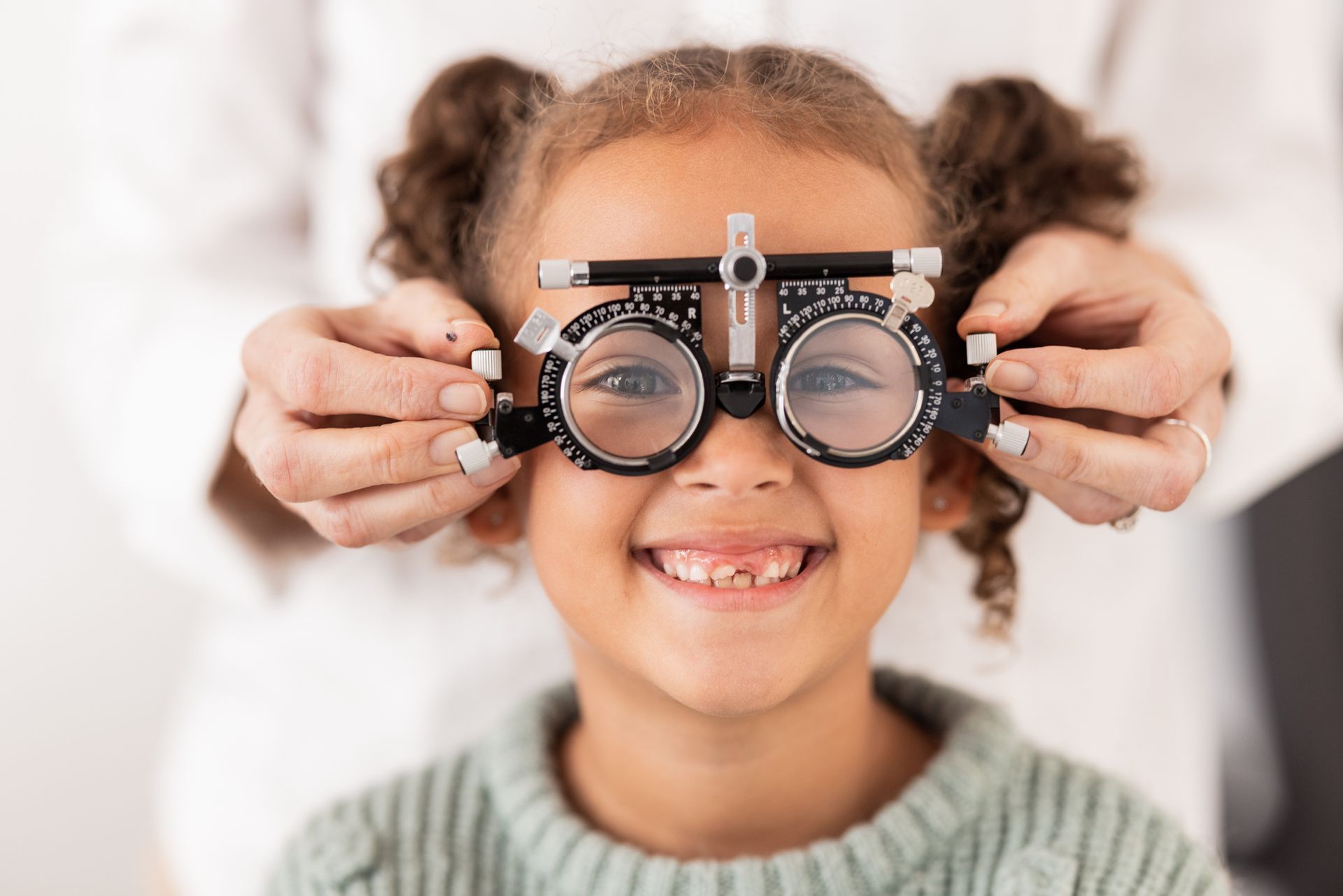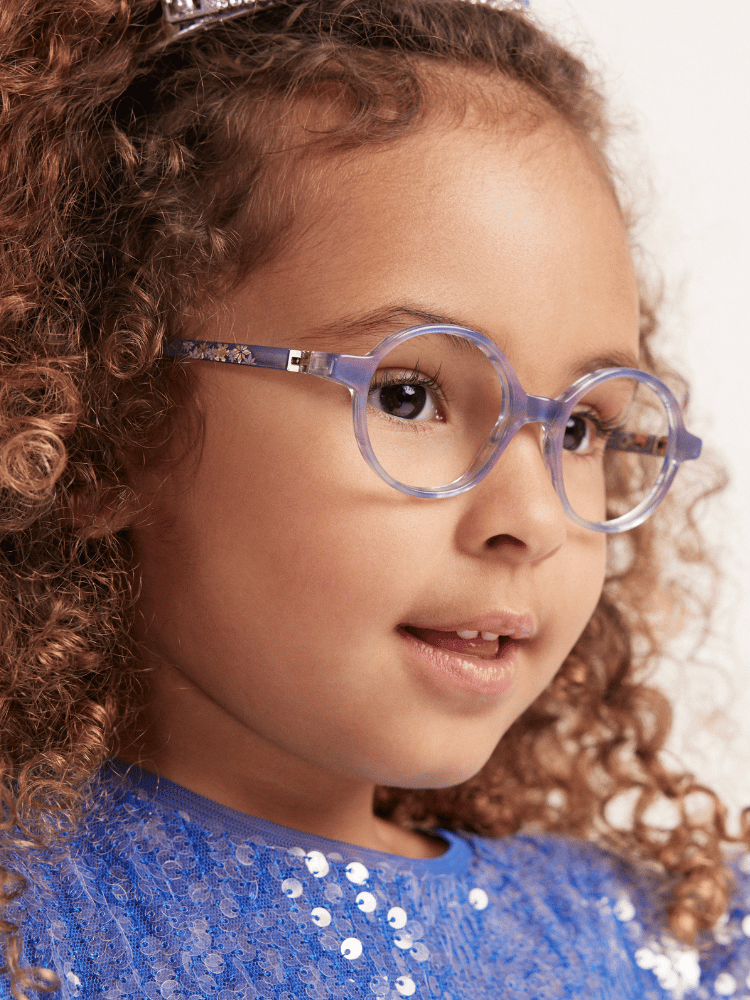THESE ARE THE THREE MOST COMMON EYE PROBLEMS FOUND IN CHILDREN
When it comes to our children's health, we often focus on physical ailments and illnesses, but what about their eye and vision health? The eyes are a crucial part of a child's development, and early detection of eye and vision problems is key to ensuring they have the best possible outcomes. In this newsletter article, we'll explore the three most common eye and vision problems in children, and how to spot them early on.

- Refractive Errors: Refractive errors are the most common eye and vision problems found in children. These errors occur when the shape of the eye prevents light from focusing directly on the retina, often resulting in blurry vision. Nearsightedness (myopia), farsightedness (hyperopia), and astigmatism are all types of refractive errors that can affect children. Symptoms of refractive errors may include squinting, eye rubbing, headaches, or holding objects close to the face. If you notice any of these signs in your child, it's important to schedule a comprehensive eye exam with an optometrist or ophthalmologist.
- Amblyopia (Lazy Eye): Amblyopia, commonly known as lazy eye, is another common eye and vision problem found in children. Amblyopia occurs when one eye is weaker than the other, causing the brain to favor the stronger eye. If left untreated, amblyopia can lead to permanent vision loss in the weaker eye. Treatment for amblyopia typically involves patching the stronger eye to encourage the weaker eye to work harder and improve vision. Early detection and intervention are crucial for successful treatment of amblyopia.
- Strabismus (Crossed Eyes): Strabismus is a condition in which the eyes are misaligned and point in different directions. This eye and vision problem can affect depth perception and cause double vision, eye strain, and difficulty focusing. Strabismus may be present at birth or develop later in childhood. Treatment for strabismus may include glasses, eye exercises, or surgery to realign the eyes. If you notice your child's eyes are not aligned or wandering, it's important to seek evaluation and treatment from an eye care professional.
Remember that children often may not recognize they have a problem with their eyesight, and may not be aware of any symptoms. Regular eye exams are essential for detecting and managing eye and vision problems. Bring your kids in for annual visits. By being proactive about your child's eye health, you can help ensure they have clear vision and healthy eyes for years to come.










